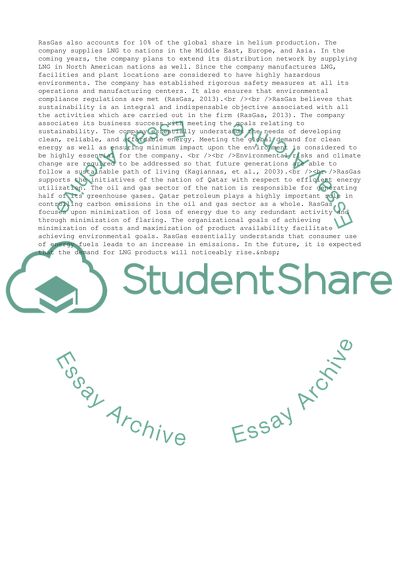Cite this document
(Global Environment and Operations Strategy: RasGas Case Study Example | Topics and Well Written Essays - 2000 words, n.d.)
Global Environment and Operations Strategy: RasGas Case Study Example | Topics and Well Written Essays - 2000 words. https://studentshare.org/management/1854492-production-operations-management
Global Environment and Operations Strategy: RasGas Case Study Example | Topics and Well Written Essays - 2000 words. https://studentshare.org/management/1854492-production-operations-management
(Global Environment and Operations Strategy: RasGas Case Study Example | Topics and Well Written Essays - 2000 Words)
Global Environment and Operations Strategy: RasGas Case Study Example | Topics and Well Written Essays - 2000 Words. https://studentshare.org/management/1854492-production-operations-management.
Global Environment and Operations Strategy: RasGas Case Study Example | Topics and Well Written Essays - 2000 Words. https://studentshare.org/management/1854492-production-operations-management.
“Global Environment and Operations Strategy: RasGas Case Study Example | Topics and Well Written Essays - 2000 Words”. https://studentshare.org/management/1854492-production-operations-management.


